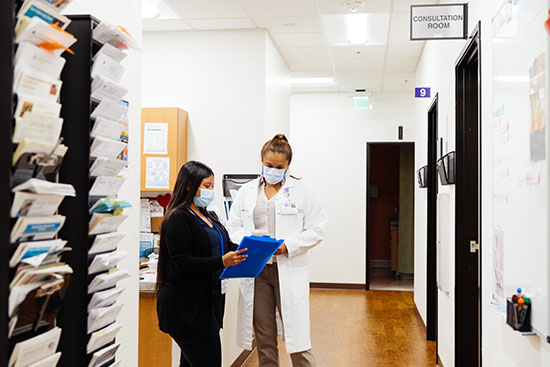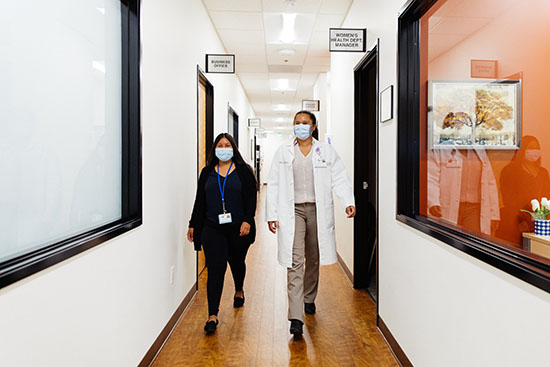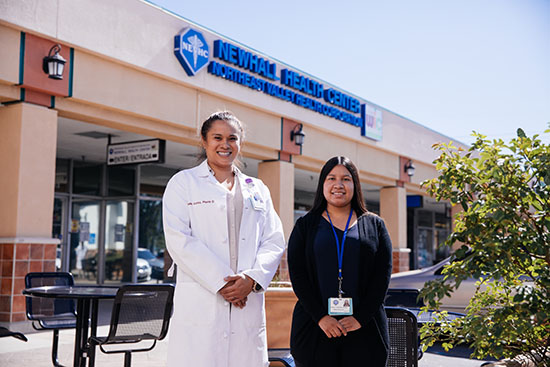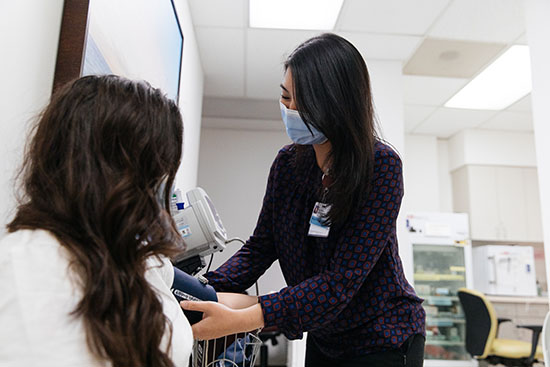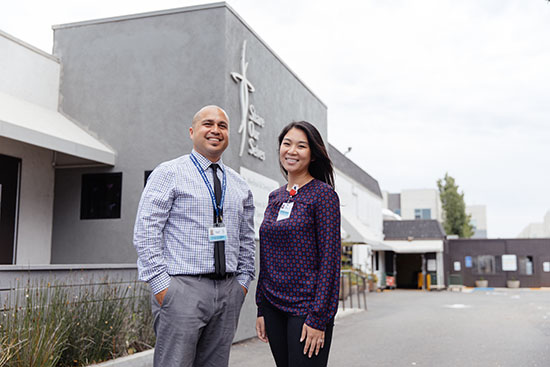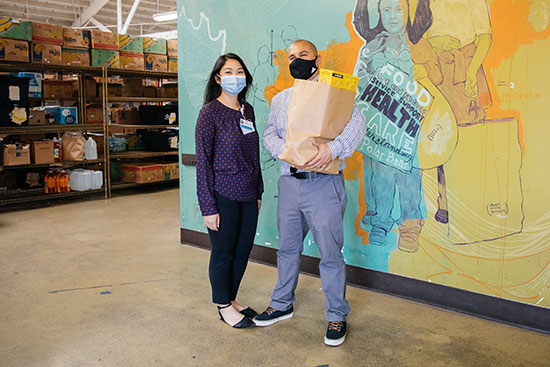August 8-14 is National Health Center Week in the United States – which makes it the ideal time to recognize the invaluable role that community health centers – which were established in the United States during the 1960s civil rights movement and are rooted in medically underserved communities, play in ensuring that underserved U.S. communities get access to high quality, patient-centered care.
Since 2013 (and through the year 2023), BD and the BD Foundation have committed to invest a total of $22.8 million in community health centers through the BD Helping Build Healthy Communities program. The program is administered with the support of two of our long-standing philanthropic partners – Direct Relief and the National Association of Community Health Centers (NACHC).
This year, six new community health centers were honored with $150,000 grants through the program’s Innovations in Care Award, which recognizes health center success in helping vulnerable patients manage complex chronic diseases and improve overall health. Since the inception of the program, the initiative has issued 48 grants to health centers in 20 states, including Neighborhood Health in Nashville, Tenn., Community University Health Center in Minneapolis, Minn., and Cherokee Health in Knoxville, Tenn., to further advance their care programs for at-risk populations.
Why social investments in community health centers can help address health equity
Community health centers serve more than 30 million patients, annually, serving as local ‘family doctors’ who provide vital healthcare services to patients who otherwise would likely have no access to medical care. According to NACHC:
- Sixty percent of patients served by community health centers represent racial and ethnic minority groups;
- and 72% of patients have family incomes at or below the poverty line.
Yet, when these patients receive care at community health centers, they tend to experience fewer disparities in healthcare outcomes, even after taking into consideration socio-economic and demographic factors. What’s more, according to NACHC, uninsured people who live near a health center are less likely to have an unmet medical need and are less likely to visit the emergency room or have a hospital stay…and communities with a health center also experience lower infant mortality rates.
Community health centers are located in high-need areas, are open to all regardless of their ability to pay and have a well-documented history of delivering culturally relevant care to meet the special needs and priorities of their communities.
BD grant winners use BD dollars to advance care for vulnerable patients
Each of this year’s Innovations in Care Award winners received a $150,000 grant to expand their successful programs for providing quality care to at-risk populations. Their innovative approaches include offering culturally sensitive, team-based care; implementing new services like telehealth, which help patients overcome lack of transportation and other barriers to care; and providing education and counseling to patients in their native language, to ensure they understand how to take their medications safely. This year’s winners are:
- Healthnet in Indianapolis, Indiana is using its grant funding to provide expanded pharmacist visits and referral services for high-risk patients with diabetes or pre-diabetes, including proactive assessments to identify and address barriers to care, like lack of food or transportation.
- Northeast Valley Health Corporation in San Fernando, California is using its grant funding to ensure high-risk Latinx patients meet with a clinical pharmacist for medication reconciliation and adherence counseling, and to offer these patients a social determinants of health (SDOH) assessment. Funding is also being used to enable a bilingual patient navigator to link patients with social services that address needs identified in the SDOH assessments.
- Share Our Selves in Costa Mesa, California is using its grant funding to enable patients living in shelters, particularly those who face multiple chronic conditions and take multiple, complex medications, to receive individualized pharmacist counseling via telehealth technology.
- The University of Minnesota Community-University Health Care Center in Minneapolis, Minnesota is using its funding to expand mobile health services for community members with diabetes, hypertension and depression, and for those at high risk of poor outcomes related to COVID-19.
- Wahiawa Center for Community Health in Wahiawa, Hawaii is using its grant funding to support an integrated care team and care model to address chronic disease, particularly within Asian and Pacific Islander communities. This team approach will seek to improve medication adherence and to prevent health complications that are associated with chronic disease and cultural, social, economic and environmental challenges like poor health literacy and lack of food and housing.
- Zufall Health Center in Dover, New Jersey is using its grant funding to expand home monitoring care for at-risk patients who do not have access to equipment and supplies like blood glucose kits and blood pressure cuffs. Funding is also being sed to deploy a dedicated care team that will tailor clinical interventions to meet the needs of each patient, and support patients with education and online assistance in multiple languages, including Spanish.
To learn more about the invaluable role that community health centers play in delivering high quality care to vulnerable U.S. populations, watch this panel discussion, hosted by our friends at the Gold Foundation. You’ll hear our non-profit partners at Direct Relief and NACHC, together with leaders at forward-thinking health centers, talk about the challenges and opportunities they face when providing care to U.S. communities who need it most.
Subscribe to receive BD blog alerts
